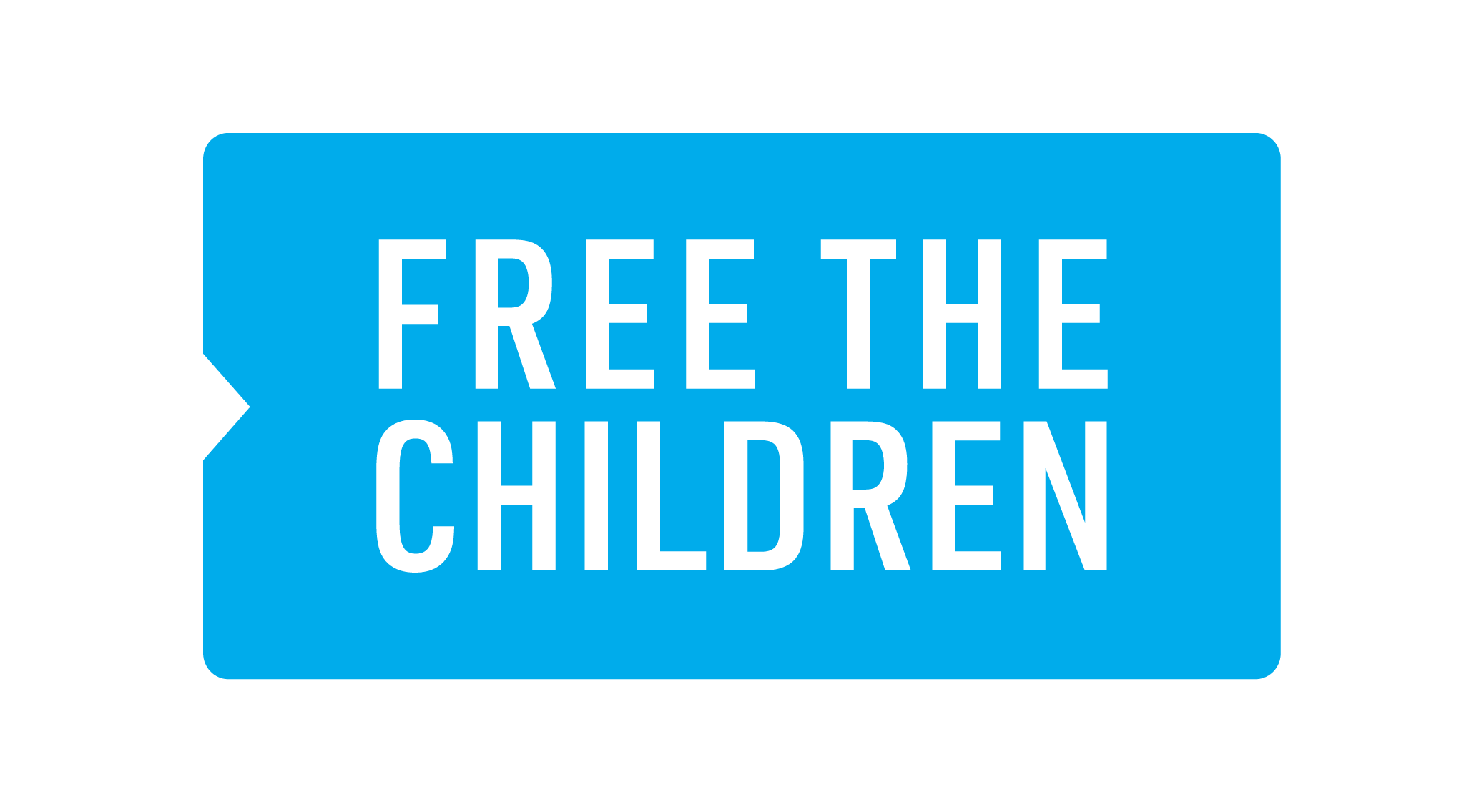Overseas Program
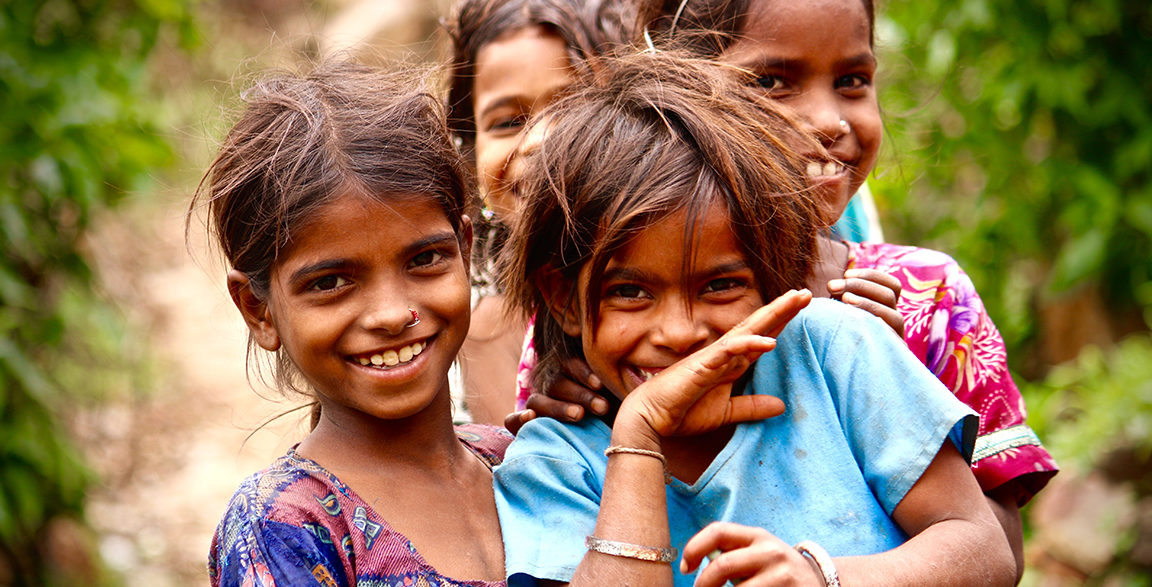
In order to achieve our first mission of
‘To free children from poverty and discrimination’,
we are currently operating projects in 10 countries.
Free The Children’s Overseas Program
Sustainable support
Free The Children believes it is important for communities not to be reliant on support, but rather be the actors themselves, so that they can help themselves to lift them out of a cycle of poverty.
Therefore, we will only start programs in communities where there has been a request from the villagers asking for our support. When working with communities, we value each community’s cultures, autonomy and ideas, and cooperate with them to create the program together.
Through cooperating with the communities and giving them the autonomy over their projects, they are able to foster a sense of awareness surrounding their projects and realize the impacts and results of the projects. Through working on the project with the cooperation of the entire community, the project is sustainable, and can continue even after Free the Children stops supporting the program.
The 5 Pillars of support
There are many factors behind poverty. There is no one single right answer to eliminating poverty, and only through tackling the multidimensional factors causing poverty can we eliminate it.
When supporting communities in poverty gain access to basic needs and for children to gain access to education, we design our programs based on the below ‘5 Pillars’.
Education
Providing children with education is key to ending poverty in a community.
Providing children with an opportunity to access education, and to learn about their rights as children is a crucial step in ending poverty and for the community to be self-sustaining.
Health and Sanitation
Unless children and their families are healthy, then cannot attend school.
While providing them with access to safe water is an effective step, it is equally important for their families to gain access to healthcare, as well as receive training on how to prevent diseases, and what a healthy lifestyle is composed of.
We work with the community in operating clinics and promoting vaccinations.
Water
In many countries and regions, children are responsible for collecting water from wells for their families.
Through providing access to safe water in their village, families don’t have to depend on their children to collect water from wells, and children can now spend more time studying.
Moreover, access to safe water can prevent many water-borne diseases as well as allow girls to attend school even when they are on their period.
We work with communities in providing a sustainable method to access safe water, such as implementing water pumps.
Income
If families don’t have a stable source of income, children may have to drop out from school, as they are unable to afford school expenses such as educational material and uniform. Moreover, parents may have to depend on their children to also work to support their families.
In order to prevent this, we provide support to parents, especially mothers, providing them with training such as taking care of livestock to become financially independent.
Agriculture and food
Good nutrition is critical for children’s educational experience. If children are hungry or lack nutrition, this can affect their concentration, and can also make them more prone to diseases. We work with communities in improving agricultural skills and food security through establishing school gardens and irrigation facilities, so that the community is able to lead a healthy lifestyle as well as gain a stable income from their agricultural work.
We also work with communities suffering from natural disasters, and provide emergency assistance based on their needs.
The Story of ‘Five Pillars’
When Craig was 12 years old, he read a newspaper article about a Pakistani 12 year old, Iqbal Masih, who was murdered while protesting against child labour. Angered by this news, Craig had a strong will to eliminate child labour, and with his brother, Mark, worked on creating a rehabilitation facility in India for children freed from child labour.
However, while working on his plans for the rehabilitation facility,they realized that building this facility doesn’t tackle the root cause of child labour. They believed that education was the most important factor behind eliminating child labour, and began constructing a school.
This is how the first pillar, Education, was created.
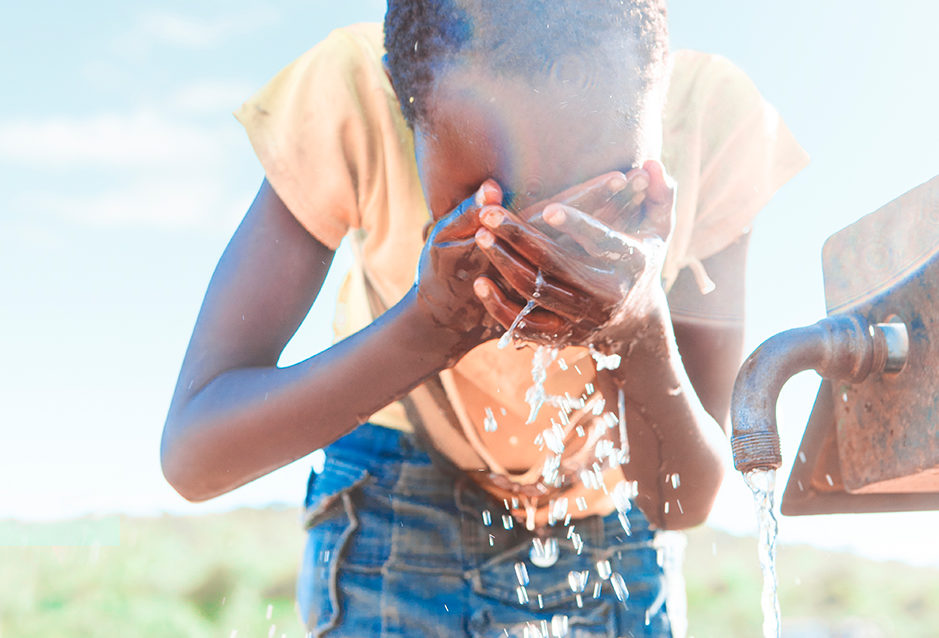 While working on their project, they noticed that there were few girls at school. One of the reasons behind this was that girls were responsible for collecting water from faraway wells and thus don’t have time to attend school. To tackle this issue, the brothers decided to build a well near the school to allow girls to also attend school and collect water on their way back home. This is how the second pillar of ‘Water’ was created.
While working on their project, they noticed that there were few girls at school. One of the reasons behind this was that girls were responsible for collecting water from faraway wells and thus don’t have time to attend school. To tackle this issue, the brothers decided to build a well near the school to allow girls to also attend school and collect water on their way back home. This is how the second pillar of ‘Water’ was created.
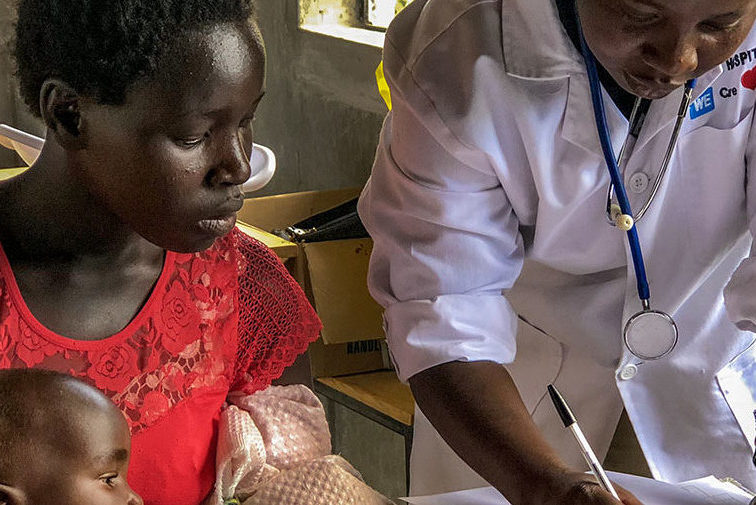
Teachers often commented on how unhealthy children were more likely to skip school, and were less able to concentrate in class, and students with unhealthy family members would stop attending school to attend to their family members or work instead of their parents. In order to improve the quality of education the students received, it was crucial to improve health standards. This is how the third pillar of ‘Health and Sanitation’ was formed.
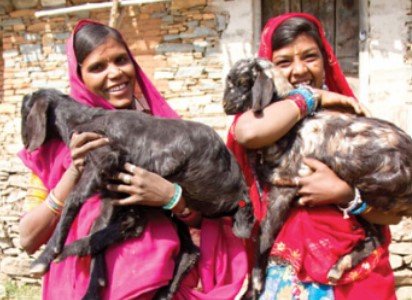 There were also families struggling to afford to send their children to school, and needed their children to work to make a living.For children to go to school, their families need to be receiving a stable income. Free the Children started supporting programs to boost families’ incomes through utilizing the villages’ resources and cultures, promoting a sustainable program to generate income for the families. The fourth pillar of ‘Income’ was developed.
There were also families struggling to afford to send their children to school, and needed their children to work to make a living.For children to go to school, their families need to be receiving a stable income. Free the Children started supporting programs to boost families’ incomes through utilizing the villages’ resources and cultures, promoting a sustainable program to generate income for the families. The fourth pillar of ‘Income’ was developed.
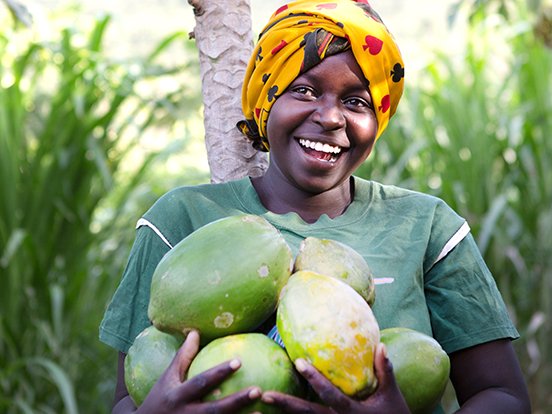
Our support programs continued developing, and in 2012, the fifth pillar of ‘Agriculture and Food’ was added to improve sustainable food supply and health.
Rather than tackling a single issue that a community faces, we approach the various issues held by the community from various angles, and try to tackle it through long term programs, aiming for the villages to be independent and self-sufficient.
